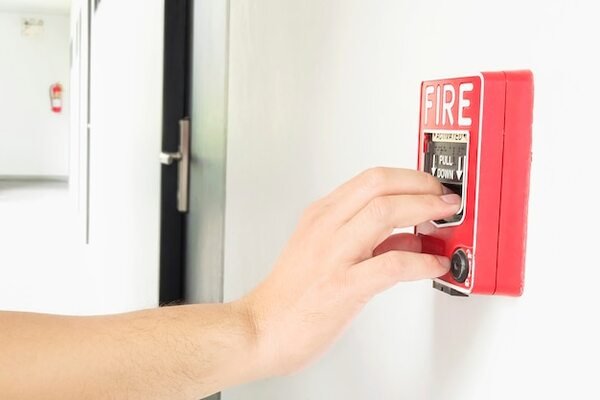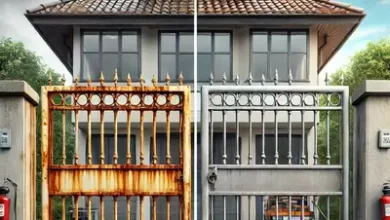
In the modern world, electricity powers nearly every aspect of our lives, from powering our homes to fueling industries. However, with this dependence on electricity comes the need for safety measures to protect both property and lives. One crucial component of electrical safety in homes and workplaces is the safety switch. In this article, we delve into what safety switches are, how they work, and why they are essential for safeguarding against electrical hazards.What is a Safety Switch?A safety switch, also known as a residual current device (RCD), is an electrical device designed to quickly disconnect the power supply to an electrical circuit when it detects an imbalance in the flow of electricity. This imbalance could occur due to a fault, such as a person coming into contact with a live wire or a faulty appliance leaking current to earth.How Does a Safety Switch Work?Safety switches constantly monitor the flow of electricity through a circuit. They compare the incoming current with the outgoing current, and if there is even a slight difference, it indicates a leakage of current, suggesting a potential fault. When such a fault is detected, the safety switch interrupts the circuit within milliseconds, cutting off the power and preventing the risk of electric shock or fire.Why Are Safety Switches Important?Protection Against Electric Shock: Electric shocks can be fatal or cause severe injuries. Safety switches are crucial for protecting against these risks by quickly shutting off power when a fault occurs, minimizing the duration of exposure to dangerous electrical currents.Prevention of Electrical Fires: Faulty electrical circuits can lead to overheating and fires. By promptly disconnecting power in the event of a fault, safety switches help prevent electrical fires, reducing the risk of property damage and potential loss of life.Compliance with Regulations: In many countries, including Australia, safety switches are a legal requirement for new installations and renovations. Ensuring that your property has compliant safety switches not only protects occupants but also ensures compliance with relevant regulations and standards.Safeguarding Electrical Appliances: Faults in electrical appliances can sometimes occur without warning. Safety switches provide an additional layer of protection by detecting faults in appliances and cutting off power before they escalate into hazardous situations.Peace of Mind: Knowing that your home or workplace is equipped with safety switches can provide peace of mind, knowing that you have taken proactive steps to mitigate the risks associated with electricity.Types of Safety SwitchesThere are different types of safety switches available, including:Residual Current Devices (RCDs): These are the most common type of safety switch and are installed at the main switchboard. They monitor the flow of electricity in all circuits connected to them and disconnect power if they detect a fault.Portable RCDs: These are plug-in devices that can be used with portable electrical equipment, providing protection where fixed RCDs are not available, such as on construction sites or when using outdoor power tools.Combination RCDs: These devices combine the functions of a circuit breaker and an RCD, providing both overload protection and protection against earth leakage faults.Tips for Using Safety Switches EffectivelyRegular Testing: It’s essential to test your safety switches regularly to ensure they are functioning correctly. Most manufacturers recommend testing them every three months.Professional Installation: Safety switches should be installed by qualified electricians to ensure they are correctly positioned and wired for optimal effectiveness.Awareness and Education: Educate yourself and others in your household or workplace about the importance of safety switches and how to use them effectively to prevent accidents.ConclusionSafety switches are indispensable components of electrical safety, providing critical protection against electric shock, fires, and property damage. By promptly detecting faults and cutting off power, safety switches play a vital role in safeguarding lives and property in homes, workplaces, and public spaces. Investing in quality safety switches and ensuring they are installed and maintained correctly is a proactive step towards creating a safer electrical environment for everyone.




